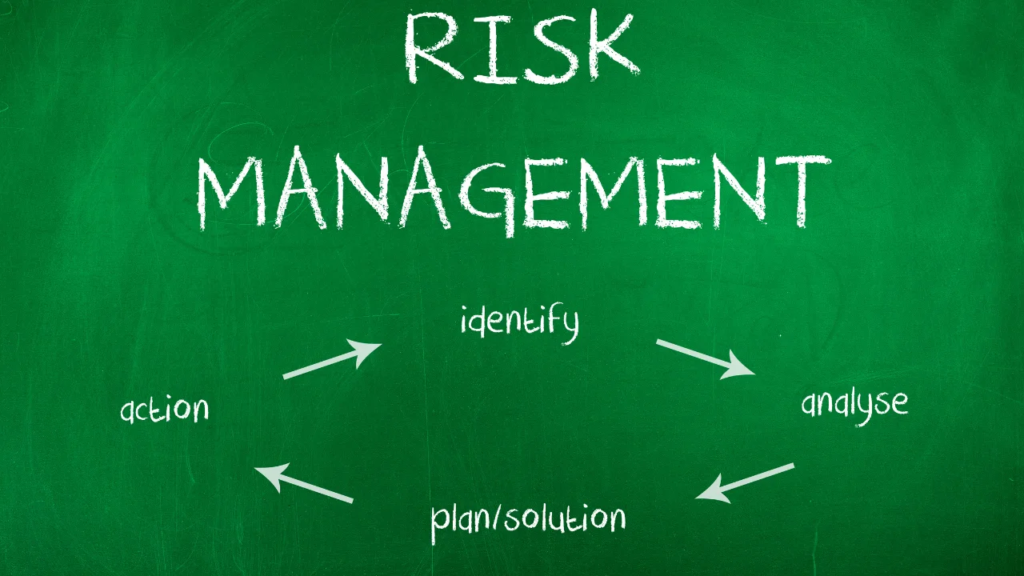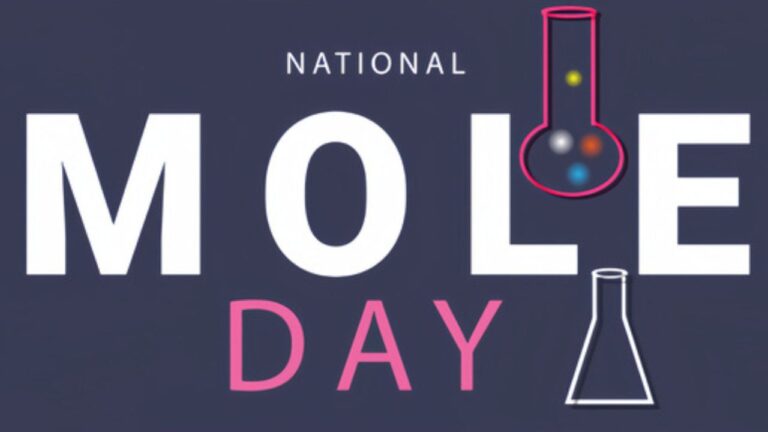
Every year on October 13, the world celebrates the International Day for Disaster Risk Reduction (IDDRR) to spread awareness and promote action with the goal of reducing the risk of disaster. The objective of this day is to bring attention to the importance of preparedness for disasters, prevention, and management.
It encourages people to take precautions in order to reduce the effects of disasters, both natural and man-made. IDDRR focuses resilience building, life saving, and livelihood protection through events and campaigns, especially in the context of increasing climate-related hazards.

Origin of International Day for Disaster Risk Reduction
The United Nations General Assembly created the International Day for Disaster Risk Reduction (IDDRR) in 1989 in order to raise the public’s understanding of the importance of reducing disaster risks on a global level. The decision was taken in response to the increasing awareness of the catastrophic impacts that natural catastrophes, especially those in areas of greatest vulnerability, were having on populations all over the world.
Read More : World Sight Day 2024 Theme: Importance, Awareness, and Ways to Take Care of Your Eyes
The International Decade for Natural Disaster Reduction (1990–1999), a global movement to encourage coordinated international efforts to reduce the risks and effects of natural disasters, was the initial promoter of the day. The focus has changed throughout time to include man-made as well as natural catastrophes, highlighting the importance of resilience, risk management, and preparedness at every level of society.

Why Disaster Risk Reduction (DRR) is Necessary at Global Level?
Disaster risk reduction (DRR) shields organizations, neighborhoods, and citizens from destruction caused by natural and man-made hazards, so it is important on a global level. Natural catastrophes such floods, hurricanes, wildfires, and earthquakes are happening more frequently as well as with more serious consequences as a result of the increasing impacts of climate change and urbanization. These events have the capacity to completely wipe out a significant amount of people, relocate populations, and seriously damage infrastructure if proper risk reduction steps are not implemented.
Globally, DRR reduces the financial and human costs of disaster preparation by helping regions at risk. Investing in community education, infrastructural durability, and early alert systems can help countries recover from disasters faster and with a lesser harm. In addition, DRR promotes sustainable growth by protecting livelihoods, ensuring food security, and reducing poverty, especially in nations that are developing where disasters have a chance to reverse years of progress.
Read More : 9 Most Dangerous Risks of AI
International Day for Disaster Risk Reduction 2024 Theme
“Empowering the Next Generation for a Resilient Future” is the theme for the 2024 International Day for Disaster Risk Reduction (IDDRR). This year’s theme focuses on educating and protecting youth which highlights the role that education plays in reducing the risk of catastrophe. Promoting a culture of disaster prevention, ensuring kids are safe in disaster-resilient locations, and supplying them with the skills to handle potential hazards are all made possible by schools and educational institutions.

Conclusion
Durability and preparedness play a critical role in reducing the catastrophic effects of disasters on individuals and communities. People may respond more quickly and effectively when they are ready, which reduces the number of casualties, damage to property, and interruptions to normal life. On the other hand, durability makes sure that after a crisis, a community may recover more quickly and stronger.
In order to guarantee a more secure and sustainable future, it is essential that we remain adaptable and prepared for the growing challenges brought on by urbanization and climate change.











